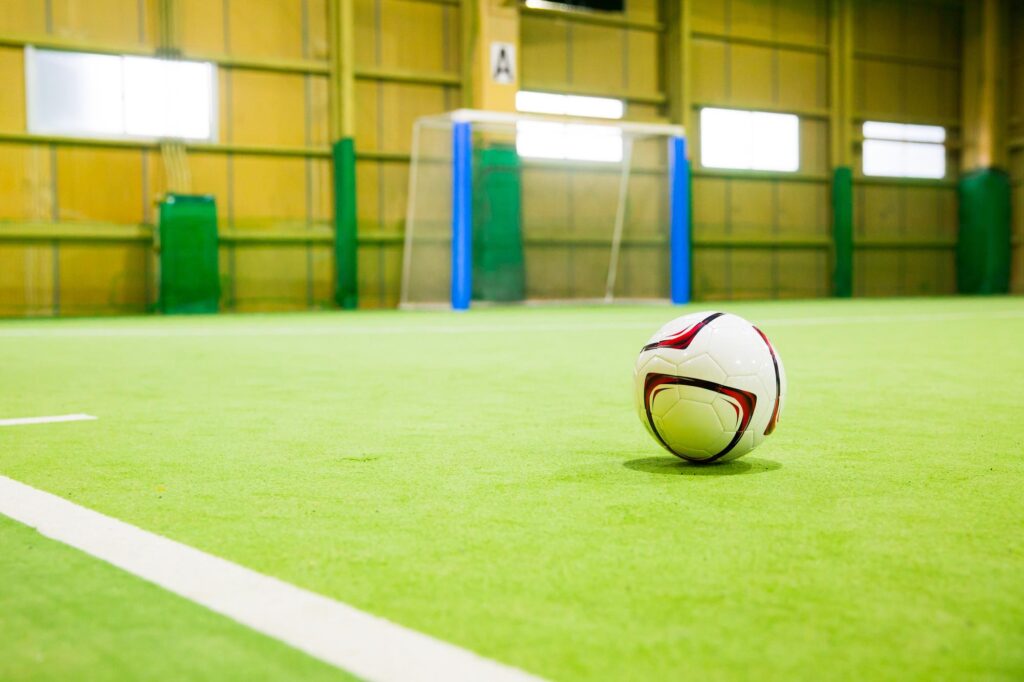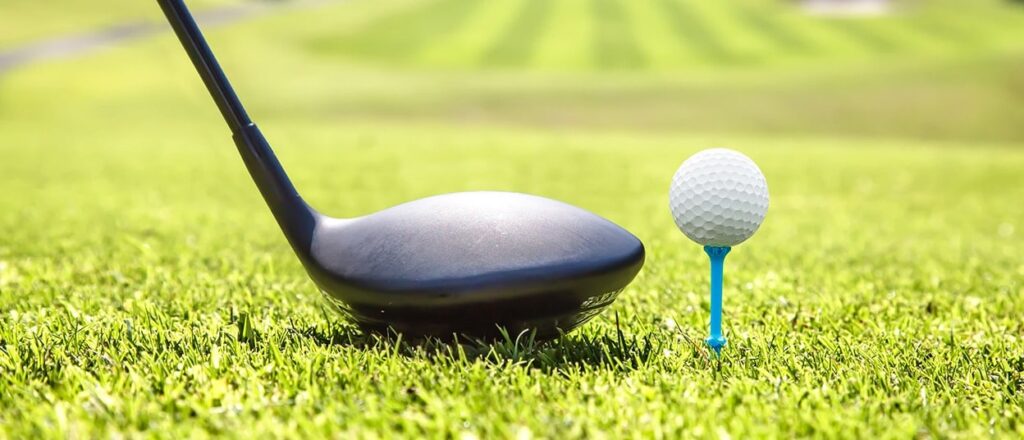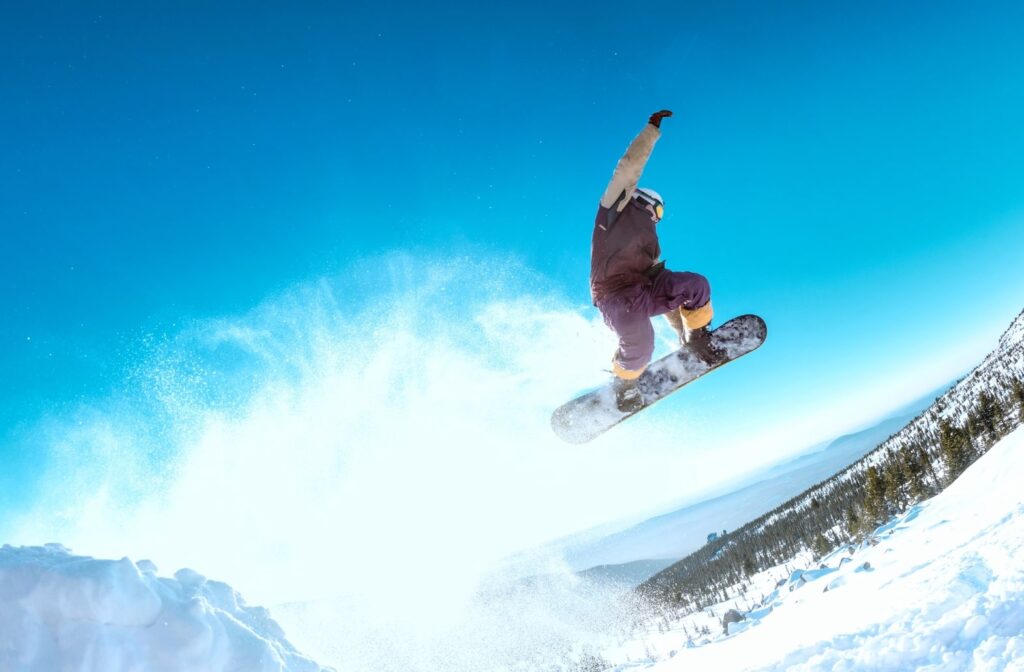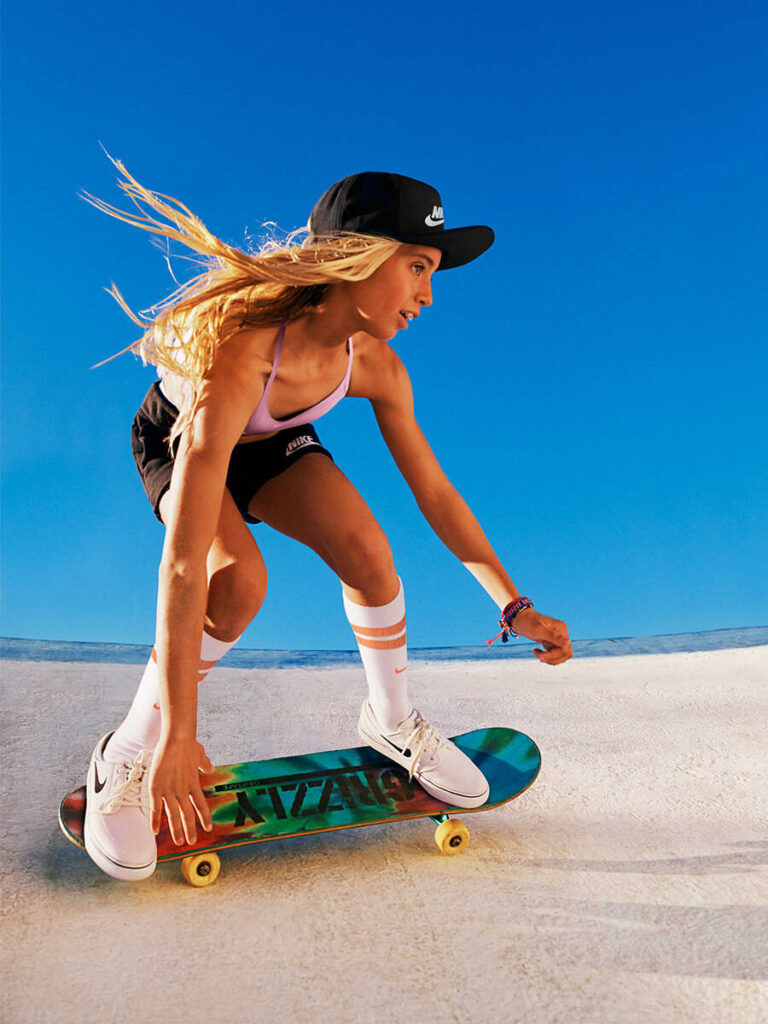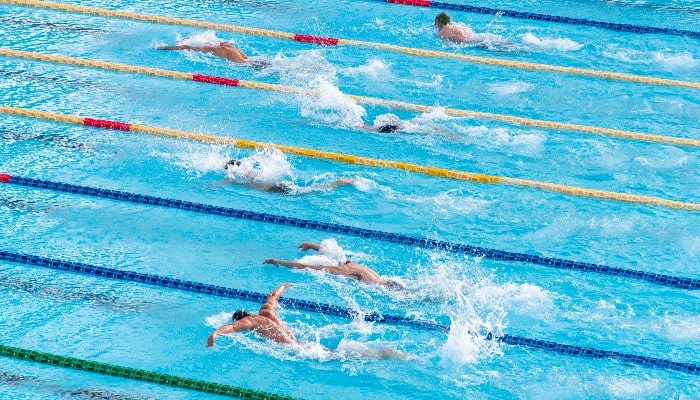
目次
- 1 swimming glossary
- 1.1 easy hard
- 1.2 aquathlon
- 1.3 aquamit
- 1.4 out throw back hard
- 1.5 IR
- 1.6 easy swim
- 1.7 aqua hula dance
- 1.8 acrobatic moves
- 1.9 accent kick
- 1.10 iM
- 1.11 Ordinary foul
- 1.12 egg beater
- 1.13 age group swimming
- 1.14 overflow
- 1.15 M.R.
- 1.16 elbow up
- 1.17 whip kick
- 1.18 interference
- 1.19 edge kick
- 1.20 open water
- 1.21 aqua noodles
- 1.22 arm helper
- 1.23 out sweep
- 1.24 Isotonic contraction
- 1.25 In-sweep
- 1.26 wave stroke
- 1.27 glide kick
- 1.28 quick turn
- 1.29 glide
- 1.30 crack back
- 1.31 grab start
- 1.32 crossover kick
- 1.33 continuous
- 1.34 glide crawl
- 1.35 Comme
- 1.36 thrust spin
- 1.37 swordfish straight leg
- 1.38 screen play
- 1.39 chaperone
- 1.40 swimnastics
- 1.41 swimwear
- 1.42 Scaring
- 1.43 streamline
- 1.44 starting grip
- 1.45 side breathing
- 1.46 dolphin kick
- 1.47 touch turn
- 1.48 down swim
- 1.49 two beat
- 1.50 descending
- 1.51 taper
- 1.52 truck start
- 1.53 Noble
- 1.54 never turn
- 1.55 negative split
- 1.56 heads up
- 1.57 paddle
- 1.58 high elbow catch
- 1.59 high elbow recovery
- 1.60 Hachikei
- 1.61 Basaro Kick
- 1.62 bag flag
- 1.63 high elbow
- 1.64 bent knee combined
- 1.65 ballet leg combination
- 1.66 personal foul
- 1.67 fin swimming
- 1.68 pike start
- 1.69 hypoxic
- 1.70 bubbling
- 1.71 false start
- 1.72 flying rope
- 1.73 forming
- 1.74 pace clock
- 1.75 baby swimming
- 1.76 bobbing
- 1.77 progressive
- 1.78 pull buoy
- 1.79 maternity swimming
- 1.80 medley relay
- 1.81 Mokuherin
- 1.82 milking action
- 1.83 Yonkei
- 1.84 yard pool
- 1.85 life saving
- 1.86 Ruthen
- 1.87 rotator cuff
- 1.88 Sea otter kick
- 1.89 rolling kick
- 1.90 loose up
- 1.91 workout
- 2 At the end
swimming glossary
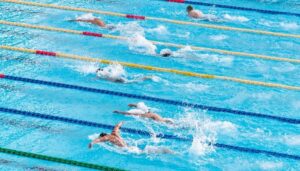
Swimming is a lifelong sport enjoyed not only by Olympic athletes but also by people of all ages, from children to the elderly.
Because there is almost no risk of injury, it is a popular exercise for small children in Japan to improve their physical strength.
(The swimming school waiting room is full of mothers watching their children from outside.)
Swimming is something that anyone can easily enjoy.
You should probably know that there is a definite terminology.
Here, we have summarized the basic swimming terms that may (or may) appear on school physical education tests.
From people who want to seriously pursue swimming as a hobby to people who want to know the answers to class tests.
Please feel free to continue reading.
easy hard
Training to swim the second half faster than the first half, commonly known as out throw back hard.
aquathlon
A type of triathlon, a competition consisting of swimming and running.
aquamit
Gloves that take advantage of water resistance to apply stress. Mainly used for aquabics etc.
out throw back hard
Training to swim the second half faster than the first half. Also known as Easy Hard.
IR
Common name for medley relay.
easy swim
Swim slowly to lower your heart rate and reduce muscle fatigue.
It is also used by athletes to train to relieve muscle fatigue.
aqua hula dance
An aqua exercise program that combines the benefits of aquatic exercise with the graceful movements of hula dancing.
acrobatic moves
Team prescribed elements of synchronized swimming technical routines.
accent kick
The kick created by kicking one leg down and the other leg up provides effective propulsive energy and is called an accent kick.
Kick well and turn to make a difference with your opponent.
iM
Common name for individual medley.
Ordinary foul
In water polo, an ordinary foul refers to a minor violation.
egg beater
Movements that serve as designated elements for solos, duets, and teams in synchronized swimming technical routines.
age group swimming
A swimmer training program based on the American swimming club system.
overflow
The water in the pool overflows.
M.R.
Abbreviation for medley relay.
elbow up
Keep your elbows high.
whip kick
A kick in which the legs are pulled together and kicked in a bending motion.
It takes practice to kick the pool wall well.
interference
The act of intentionally interfering with an opponent’s play during a competition.
edge kick
A form of breaststroke kick.
open water
A long-distance swimming competition that takes place in natural environments such as the ocean or rivers.
Unlike a pool, swimming in a natural environment is not easy and requires physical strength.
aqua noodles
A cylindrical floating rod made of Styrofoam used as a flotation device or aid underwater.
arm helper
A floatation ring that is used for baby swimming and toddler swimming, and is attached to the upper arm to provide buoyancy to make it easier to roll the body and go up and down.
Don’t worry, the human body can float on water without arm helpers!
out sweep
The movement of the hand from the inside of the body to the outside during a stroke.
Isotonic contraction
Also known as isotonic contraction, a muscle exerts force without changing its length.
In-sweep
The movement of the hands from the outside to the inside of the body during a stroke.
wave stroke
A type of breaststroke, a undulating style of swimming.
glide kick
A kick training method that does not use a beat board.
quick turn
A literally quick way to turn a dragonfly in a swimming competition.
In competitive swimming, quick turns are an important technique that can make the difference between winning and losing.
glide
A state in which the body is stretched out underwater for a long time, such as slipping or gliding.
crack back
A training method in which you open your palms and hit the water surface during backstroke.
It is used to synchronize the timing of both hands.
grab start
This refers to the act of grabbing the tip of the starting block with both hands, and this is called a grab start.
crossover kick
The action of crossing both legs during a crawl kick. Usually used in 4-beat kicks.
continuous
A word that refers to something continuous and uninterrupted.
glide crawl
A form of crawling in which you swim with your hands together in front of you.
Also called glide stroke.
Comme
Abbreviated name for individual medley.
thrust spin
Elements prescribed in a duet of synchronized swimming technical routines.
swordfish straight leg
Elements specified in the synchronized swimming technical routine duet.
screen play
A play in which the defensive player makes a marking move that blocks the attacking player and creates a situation where other players are unmarked.
chaperone
It originally refers to a lady who accompanies a young woman when she first enters the social world, but it can be used differently depending on the context.
swimnastics
This is an underwater exercise program that incorporates swimming movements and rhythms, with the aim of improving swimming technique and respiratory and circulatory system function.
swimwear
A swimsuit worn when swimming, used in pools and outdoors.
Scaring
Refers to the act of one rower rowing both the left and right oars.
streamline
It is the shape with the least resistance underwater, meaning streamlined, and is mainly used for starting.
starting grip
A bar installed under the starting platform of a competitive swimming pool.
side breathing
Perform butterfly breathing sideways like a crawl.
dolphin kick
This general term for butterfly kicks is called the dolphin kick.
touch turn
A turn made after the hand touches the pool wall.
down swim
Swimming slowly during or after practice to relax the body.
two beat
A swimming style that involves kicking only twice in each stroke.
descending
It is a practice method that improves your time one by one, and includes swimming as fast as you can at the end.
taper
It refers to reducing the amount of practice in preparation for a match and increasing the quality of practice instead.
truck start
This is a variation of the grab start, where you pull one foot back and put your weight on it, shifting your center of gravity forward while diving into the start.
Noble
No Breathing is abbreviated as Nobre. This refers to swimming without breathing.
never turn
How to do a backstroke turn with your face above the water.
negative split
A method of swimming in which the second half of the swim is faster than the first half.
heads up
Raise your head above the water while swimming.
paddle
A plastic plate tool that attaches to the palm of your hand and applies pressure against water.
high elbow catch
A technique in which you bend your elbows to capture more water in your hands during the pull motion.
high elbow recovery
A swimming motion in which the arms are relaxed and brought back above the water surface in a pendulum-like motion.
Hachikei
Common name for 800 meter relay.
Basaro Kick
A diving method in which you lie on your back during backstroke and do a dolphin kick.
bag flag
A triangular flag used for backstroke markings in the pool.
high elbow
Keep your elbows high as you swim.
bent knee combined
Elements specified in the synchronized swimming technical routine duet.
ballet leg combination
Specified elements in a duet or team of a synchronized swimming technical routine.
personal foul
A serious foul in a water polo game is called a personal foul.
fin swimming
A style of swimming that uses flippers to navigate on or under water.
You may find it fun because you will be able to swim faster than usual.
pike start
How to start by jumping high and diving deep into the water. It is mainly used for breaststroke and butterfly starts.
The key is how long you can stay underwater and gain distance.
hypoxic
A training method for swimming by restricting breathing.
bubbling
Practice breathing underwater using your mouth.
false start
Flying is a disqualifying act.
flying rope
A rope used to stop a swimmer who is flying and swimming unnoticed.
forming
Training to correct and check form. This is done using a water table.
pace clock
A large clock with just a minute hand and a second hand, attached to the poolside or on the wall.
baby swimming
It is common for mothers to participate in swimming lessons for babies.
bobbing
The act of moving forward while jumping underwater. Also called underwater jumping.
progressive
A training method that increases speed by taking intervals at regular intervals.
pull buoy
A styrofoam float that you can hold between your legs when swimming with just your hands.
maternity swimming
Swimming for pregnant women is usually started at around 18 weeks and a general guideline is until 35 weeks.
medley relay
A relay event in which four athletes compete in the order of backstroke, breaststroke, butterfly, and crawl.
Mokuherin
The bell that signals the last 100 meters of a long-distance race.
milking action
This refers to the effect of the repeated contraction and relaxation of muscle groups around blood vessels, which promotes blood flow through veins.
Yonkei
Common name for 400 meter relay.
yard pool
A unit of length in the yard and pound system, and there are pools of 25 yards and 50 yards.
life saving
Activities carried out by lifeguards to prevent water accidents.
Ruthen
It refers to swimming slowly and relaxingly.
rotator cuff
The rotator cuff is not a large muscle, but its role is to firmly support the shoulder joint.
Sea otter kick
Practicing back kicks while holding a beat board on your stomach.
rolling kick
A kick used in competitive backstroke, which uses the rotational force of rolling to increase the propulsion of the kick.
loose up
When changing swimming events, it refers to swimming slowly while preparing for the next movement.
workout
Training session refers to a menu that combines multiple exercises.
At the end
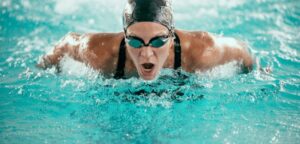
How did you like the swimming glossary?
Did you find a satisfactory answer?
Swimming is also a Paralympic sport, and is a very attractive sport that can be enjoyed by both able-bodied people and people with disabilities.
For people who have never swum before, diving underwater and swimming can be difficult as it makes breathing difficult.
It’s not difficult to learn how to breathe, as it’s something even small children do.
Once you can take a breather, all you have to do is swim freely!
Relieve your stress by swimming comfortably in the pool or ocean!

